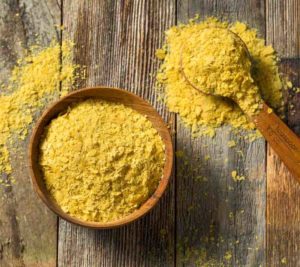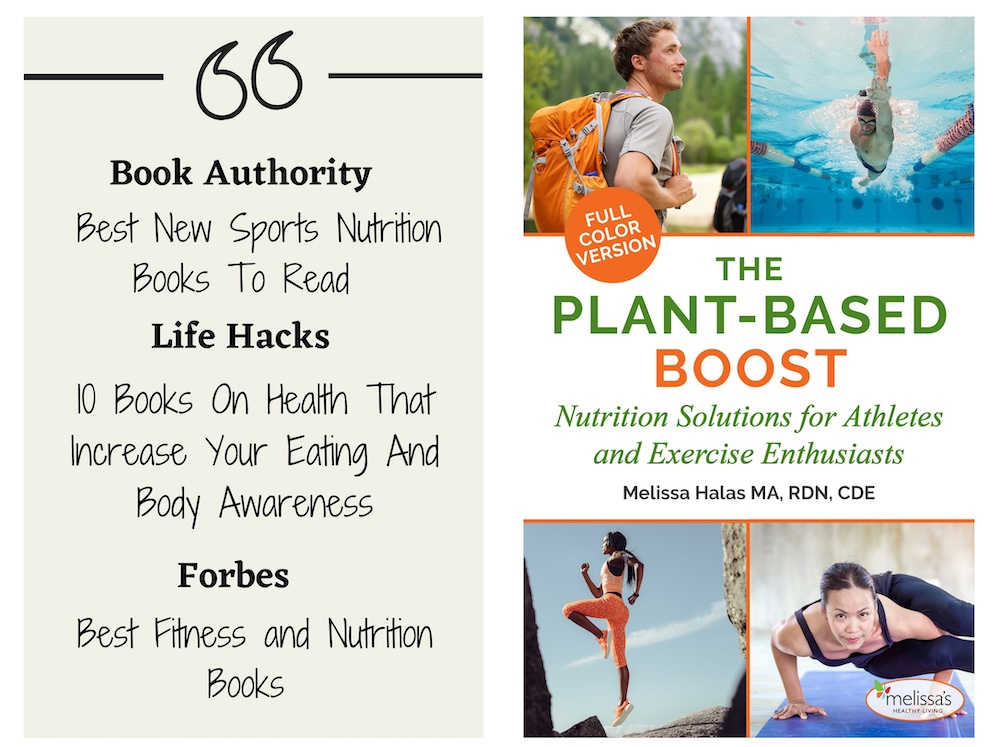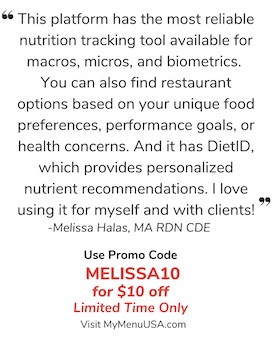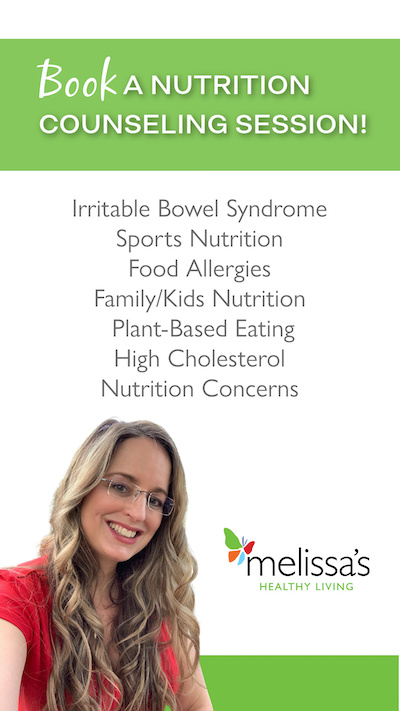
Explore new ways to eat nutritional yeast, and all of the powerful nutrition benefits you will gain by incorporating it into your meals and snacks.
While these yellow-colored flakes look vapid, they contain potent nutritional properties and a cheesy umami flavorful taste. A quarter-cup serving can significantly surpass the recommended dietary allowance of numerous micronutrients while also providing a good source of protein and fiber. Check out why nutritional yeast is a beast when it comes to health and how to incorporate it into your daily routine.
What is Nutritional Yeast?
This tasty food ingredient comes from fermented strains of Saccharomyces cerevisiae—a species of yeast commonly used to make bread and beer. But, unlike baker or brewer’s yeast, nutritional yeast gets inactivated from the heating process and therefore cannot be used for fermentation. Instead, it’s produced as a food product for its unique nutty and cheesy taste. (6)
Is Nutritional Yeast Gluten-Free?
Yes, nutritional yeast is gluten-free. It is also dairy and soy-free, making it an allergen-friendly alternative to traditional cheese-flavored substitutes. Check out the nutritional breakdown in the charts below.
Nutrition Profile of Nutritional Yeast
Nutrition Profile for 16g (approximately ¼ cup) serving size
Key Nutrients (1)
| Calories | 60 kcal |
| Carbohydrates | 5g |
| Fat | 0.2g |
| Saturated Fat | 0g |
| Fiber | 3g |
| Protein | 8g |
Micronutrients (1,2)
| Content | % RDA Adult Males (19-50 yrs) | %RDA Adult Females (19-50 yrs) | |
| Thiamin | 9.92mg | 827% | 902% |
| Riboflavin | 10mg | 769% | 909% |
| Niacin | 56mg | 350% | 400% |
| Vitamin B6 | 12mg | 923% | 923% |
| Folic Acid | 752ug | – | |
| Vitamin B12 | 24ug | 1000% | 1000% |
Health Benefits of Nutritional Yeast
If its name wasn’t descriptive enough, this yeast has tons of positive nutrition to help you boost protein, fiber and B vitamins in your diet. For starters, it contains all nine essential amino acids, making it a “complete protein.” In other words, these healthy flakes help provide the body with amino acids that it cannot readily make on its own. Therefore, nutritional yeast can play an active role in providing protein for tissue repair. (3)
Substituting Dairy with Nutritional Yeast
Power your gains with these mighty flakes! Part of the healthful properties of nutritional yeast also comes from what it doesn’t have: saturated fat. Substituting dairy cheese for nutritional yeast in recipes can help decrease overall daily saturated fat intake—a known risk factor for heart disease, high cholesterol, and other cardiovascular health issues. (5) So, incorporating more nutritional yeast as a dairy alternative may provide heart-protective benefits while keeping your cheese-seeking tastebuds satisfied.
B12 in Nutritional Yeast
As shown by the table above, this potent powder is also rich in numerous health-promoting vitamins and minerals. Specifically, nutritional yeast is an excellent source of vitamin B12—a vitamin necessary for nerve functioning and blood cell formation. (4) This nutrient is generally limited to animal-based products and can commonly be under-consumed by vegetarians or vegans. So, these flakes provide a plant-based food source that helps contribute to one’s daily vitamin B12 needs. Nutritional yeast is also rich in thiamin, riboflavin, and niacin, all of which are essential micronutrients used for energy metabolism and cellular function. (7) In other words, nutritional yeast lives up to its name by providing tons of health benefits to help you feel your best.
How to Use Nutritional Yeast
Nutritional yeast can get used to help create the ultimate faux-cheesy sensations. Recreate your favorite cheese-filled dishes with these flakes that will make your tastebuds quake. For food-spiration, check out these delicious ways to beast your meals with yeast.
- Sprinkle onto veggies
- Sprinkle onto popcorn
- Add to your pasta sauce
- Add to your breading
1. Sprinkle Onto Veggies: Bring back a childhood classic.
It’s the “adult” version of putting cheese on your vegetables…without the cheese. Sprinkle nutritional yeast onto broccoli, cauliflower, or Brussel sprouts to transform these vegetables into crucifer-YES options. Or, for those looking for an extra ooey-gooey treat, check out our instantpot cashew cheese.
2. Sprinkle Onto Popcorn: Pump up your popcorn.
Skip the store-bought popcorn and revolutionize movie night with a homemade rendition of this classic snack. Pro tip: put kernels directly into a paper bag and into the microwave to create drool-worthy popcorn without all the fuss of the stove. Just remember to roll the top of the bag to keep your poppin’ kernels from bouncing all over your microwave. Then, when pops are about two seconds apart, your tasty snack is ready to go! But keep that ol’ saltshaker in the pantry and instead create a faux-cheese popcorn with nutritional yeast.
3. Add to Your Pasta Sauce: Go plant-based for pasta night.
Embrace the veggie lifestyle without sacrificing the flavors of your favorite dishes. Nutritional yeast can be a substitute in cheese-containing sauce recipes or as a topper to a classic marinara.

4. Add To Your Breading: Swap the breadcrumbs.
Use nutritional yeast in your homemade burger or meatball recipe as a low-carbohydrate and nutrient-dense alternative to breadcrumbs. Or, add a faux-cheesy twist to baked nuggets by incorporating it into your breading mixture. Try using nutritional yeast in our baked tofu nuggets.
Whether you are a committed veg-head, navigating allergies, or simply looking to live a more plant-forward lifestyle, nutritional yeast is a must-have item in any household pantry. For more recipe ideas and plant-based inspiration, check out my books: “The Plant-Based Boost:100+ Recipes for Athletes and Exercise Enthusiasts” and “The Plant-Based Boost Cookbook, 100+ Recipes for Athletes and Exercise Enthusiasts.”
References
- U.S Department of Agriculture. Food Data Central. Nutritional Yeast. Retrieved from: https://fdc.nal.usda.gov/fdc-app.html#/food-details/1744022/nutrients
- National Institute of Health: Office of Dietary Supplements. Fact Sheet for Health Professionals. Retrieved from: https://ods.od.nih.gov/factsheets/list-all/
- https://fdc.nal.usda.gov/fdc-app.html#/food-details/623470/nutrients
- https://www.bragg.com/products/nutritional-yeast#gallery-3
- American Heart Association. Saturated Fats. Retrieved from: https://www.heart.org/en/healthy-living/healthy-eating/eat-smart/fats/saturated-fats
- https://www.ams.usda.gov/sites/default/files/media/Yeast%20TR%20Handling%201-22-14%20final.pdf
- Mielgo-Ayuso, J., Aparicio-Ugarriza, R., Olza, J., Aranceta-Bartrina, J., Gil, Á., Ortega, R. M., Serra-Majem, L., Varela-Moreiras, G., & González-Gross, M. (2018). Dietary Intake and Food Sources of Niacin, Riboflavin, Thiamin and Vitamin B₆ in a Representative Sample of the Spanish Population. The Anthropometry, Intake, and Energy Balance in Spain (ANIBES) Study †. Nutrients, 10(7), 846. https://doi.org/10.3390/nu10070846



